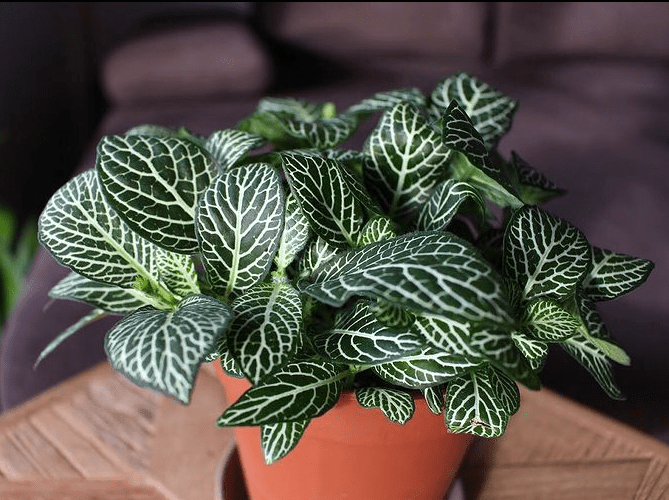"The scent of magnolia and jasmine is in part due to a compound called methyl dihydrojasmonate. This chemical is produced by the flowers and easily becomes airborne. A group of cell physiologists has now shown that the lining of the human nose has a specific type of receptor called VN1R1. When I stand under the magnolia tree and inhale, airborne methyl dihydrojasmonate molecules are actually binding to the receptors in my nose, which then send signals to my brain. The RUB researchers have collaborated with a team at the University Hospital Dresden to track exactly where those signals are going. Activating the VN1R1 receptor stimulates the areas of the brain controlling the limbic system, which is associated with human emotions, motivation, memory, and smell. It also activates the hypothalamus, especially in women, which controls sexual behaviour by regulating hormone levels. The effect seems to be specific to magnolias and jasmine though. Researchers tested compounds responsible for other floral scents and found they had no effect. It seems magnolias are in fact producing the scent of romance – or at least lust."
"If this is actually the case, and humans produce this compound, it could represent the first example of a human pheromone. Pheromones occur in the vast majority of animals and are a form of scent-based communication whereby one animal produces a compound, and when the other smells it, the compound elicits a specific, consistent physiological or behavioral response. Humans have never been shown to produce pheromones, and proving their existence is an uphill battle. The classic example of pheromones are as sex signals, but human attraction is a complicated affair that is heavily influenced by social conditioning and learned behaviors. The effects of the compound may not be obvious, or replicable across all people, calling into doubt its status as a pheromone. Nevertheless, any compound that stimulates the VN1R1 receptor is a good candidate for the first human pheromone"
https://biophilesblog.wordpress.com/2015/05/19/sensual-scents-how-magnolias-turn-on-the-human-brain/



